 high rice stretched out in all directions as far as I could see. The only things breaking the pancake flat contour of the horizon were the scattered palm trees lining irrigation ditches or surrounding small stilt homes. In fact, the view was almost good enough to distract me from the drops of water leaking from the overhead a/c vents in the bus. I, however, was one of the lucky ones. Sitting in an aisle seat, I was merely being hit by the occassional stray drop. The poor people in the window seats directly under the vents were subject to the full leak. Eventually, the driver's assistant started taping little plastic bags to the roof of the bus in order to collect the dripping water - before long a half dozen were slowly filling with brownish water as they dangled precariously above people's heads. A Buddhist nun eventually threw a fit in Khmer, which was funny but didn't really help the situation. I was secretly hoping that one good bounce would shake a few bags loose, but no such luck. The tape held until we arrived in Kampot.
high rice stretched out in all directions as far as I could see. The only things breaking the pancake flat contour of the horizon were the scattered palm trees lining irrigation ditches or surrounding small stilt homes. In fact, the view was almost good enough to distract me from the drops of water leaking from the overhead a/c vents in the bus. I, however, was one of the lucky ones. Sitting in an aisle seat, I was merely being hit by the occassional stray drop. The poor people in the window seats directly under the vents were subject to the full leak. Eventually, the driver's assistant started taping little plastic bags to the roof of the bus in order to collect the dripping water - before long a half dozen were slowly filling with brownish water as they dangled precariously above people's heads. A Buddhist nun eventually threw a fit in Khmer, which was funny but didn't really help the situation. I was secretly hoping that one good bounce would shake a few bags loose, but no such luck. The tape held until we arrived in Kampot.Kampot, Cambodia is one of the sleepiest little towns I've ever visited in Asia. Maybe one of the sleepiest I've visited anywhere. Once a pretty import
 ant river side port town - really the only ocean port in Cambodia (most shipping travels to Phnom Penh via Vietnam on the Mekong) - it was permanently downgraded upon completion of the deepwater port at Sihanoukville, just down the coast, in the 1950's. Three wars in the last 50 years haven't helped either. So you've got several blocks of old French colonial style buildings fronting the river and its palm-lined promenade, a rusty bridge that has probably been on the receiving end of more than a few bombs, and a population that probably consists of as many chickens, dogs, and cows as people. The town has been seeing an influx of full time foreigners over the past decade ("Pot-pats") but even that only translates into a few river side bars/restaurants and a handful of guesthouses scattered around town. In short, it's a beautifully relaxing place with not a whole lot to do.
ant river side port town - really the only ocean port in Cambodia (most shipping travels to Phnom Penh via Vietnam on the Mekong) - it was permanently downgraded upon completion of the deepwater port at Sihanoukville, just down the coast, in the 1950's. Three wars in the last 50 years haven't helped either. So you've got several blocks of old French colonial style buildings fronting the river and its palm-lined promenade, a rusty bridge that has probably been on the receiving end of more than a few bombs, and a population that probably consists of as many chickens, dogs, and cows as people. The town has been seeing an influx of full time foreigners over the past decade ("Pot-pats") but even that only translates into a few river side bars/restaurants and a handful of guesthouses scattered around town. In short, it's a beautifully relaxing place with not a whole lot to do.One of the cool things I did do was to rent a motorbike for a day to explore the stretch of coast to the east, ending at a small village called Kep. Once again, Kep had a hey day - apparently it was the place for wealthy French colonials rest and recreate. After the French, it was the elite of Cambodian society (ie. corru
 pt government and military officials) who built their villas in the surrounding hills. And then came the war and the whole town was effectively abandoned. Today, Kep is a quiet little place. A few small hotels have sprung up, a handful of guesthouses have been carved out of the forested hills, abandoned villas are either being reclaimed by vegetation or squatted in by local families. It's all going to change soon, I'm sure. A place this beautiful can't stay unadulterated for long.
pt government and military officials) who built their villas in the surrounding hills. And then came the war and the whole town was effectively abandoned. Today, Kep is a quiet little place. A few small hotels have sprung up, a handful of guesthouses have been carved out of the forested hills, abandoned villas are either being reclaimed by vegetation or squatted in by local families. It's all going to change soon, I'm sure. A place this beautiful can't stay unadulterated for long.After a few lazy days in Kampot (the only kind of days in Kampot) my pulse and blood pressure had dipped to dangerously low levels and it was time to move on. Next stop, Cambodia's attempt at Pattaya: Sihanoukville.


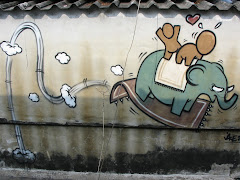







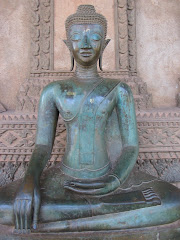

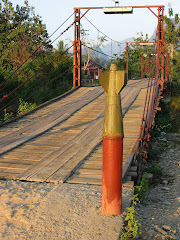
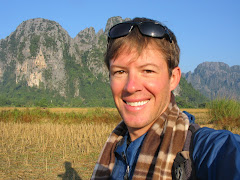
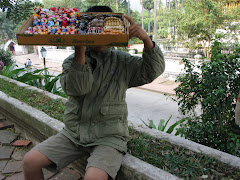
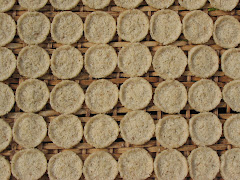
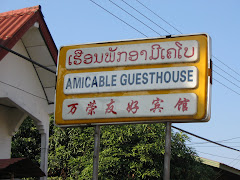
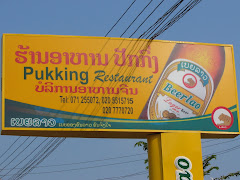
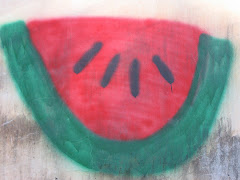

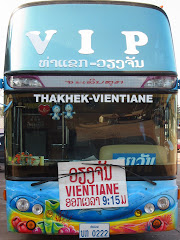

















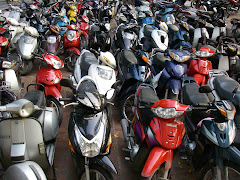




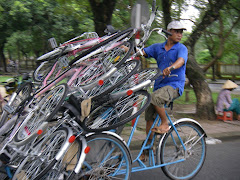
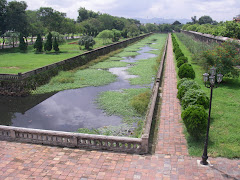
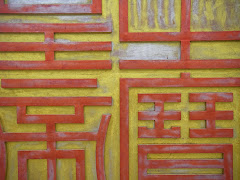
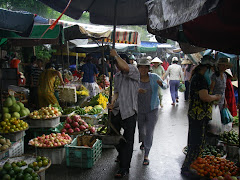

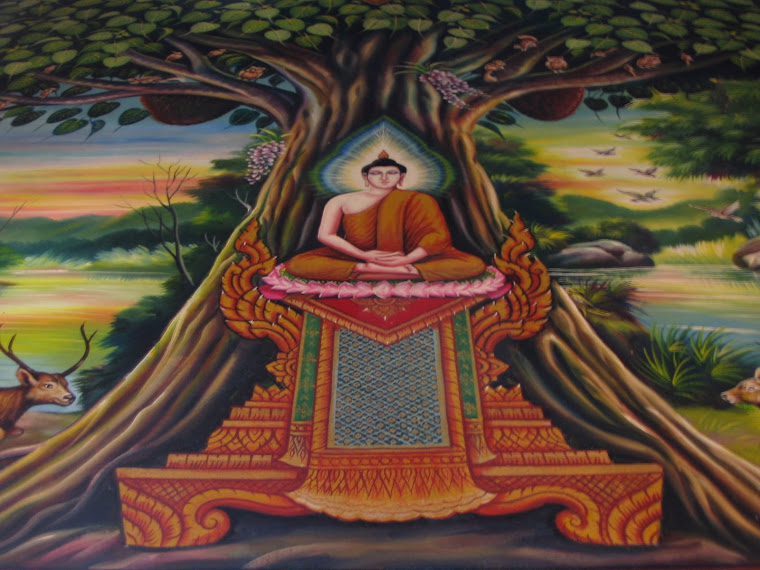




No comments:
Post a Comment